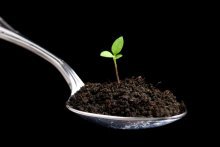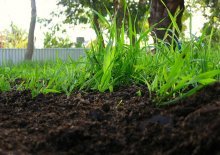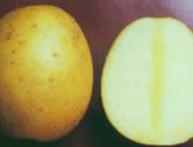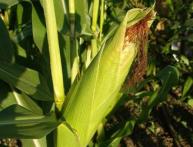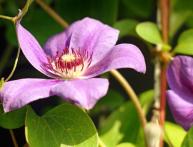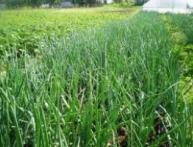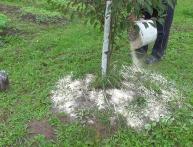The top fertile layer of the earth, its characteristics
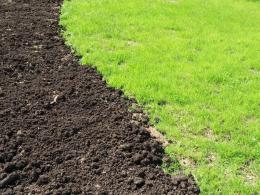
The earth is made up of various components. Decayed plants and animals remain on top. This is the top fertile layer of the earth. It is called humus, which occupies 10-20 cm of soil. This is the active layer where all plants grow. What are the features of humus?
Content:
- Features of the fertile soil layer
- How is soil formed?
- What is the difference between rich and poor soils?
Features of the fertile soil layer
The top fertile layer is called soil. If you heat it in a tin container using a gas burner, an unpleasant aroma will begin to be released. This happens because plant and animal remains that have rotted begin to burn. It is they who give the top layer of earth its characteristic shade.
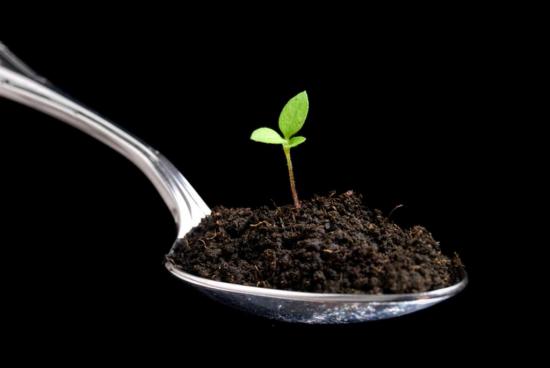
If you start digging a hole anywhere, you will see that the layer of soil has a different color from the soil that is underneath it. It doesn’t matter what is underneath the fertile layer, sand or clay, it will in any case have a darker shade. This is due to the fact that it contains humus. It is humus that is the necessary part of the earth that plants need.
How is soil formed?
The soil does not consist of humus alone. It contains the rock on which it was formed. There are such types of fertile soil layer:
- Sandy
- Clayey
- Loamy, etc.
But how does soil form? This can be understood with a specific example.For example, how is sandy soil formed? Construction is planned on a specific site. People brought a lot of river sand here. After construction is completed, part of it remains on the ground. Initially, nothing grows on it. But plants gradually appear, and their number increases every year. Before winter, the grass dries and rots. As a result, soil is formed.
Video about the useful soil layer:
If you study this sand after 5 years, you will notice that the top layer is already different from the sand in color. Larvae or bugs have already appeared here, roots plants. Sandy soil forms on sand. It is not rich, so only certain varieties of plants grow here. But this is no longer sand, but poor soil.
After all, sandy rock practically does not hold moisture, so the layer of such soil is dry. And in such conditions only unpretentious plants grow. They do not grow large, so they produce a small amount of humus. It goes deep into the ground in a short period of time.
If someone has been in a pine forest, they might have noticed that pines grow practically on sand. Every year they strew the ground with their needles, which gradually rot. The same transformation occurs with clay. The difference is that completely different plants will grow on such land. Clay soil often forms on the slopes of roads.
In such conditions, weeds, coltsfoot and other plants that are able to develop in soil with a small amount of air and moisture grow well.
Over the course of many years, a thin layer of soil appears on the clay. It consists of humus and sand that accidentally fell into the territory. But it is much easier for plants to develop in such conditions than on sand.Humus on sandy soil deepens under priming, from clayey areas it is washed away by melt water.
What is the difference between rich and poor soils?
If the fertile layer of soil has just begun to form, or it contains little humus, then only certain vegetation will grow on it. During their life, these plants form a small amount of humus, so the appearance of soil occurs slowly.
But not all soils are formed on clay or sandy soil. If this were so, then humanity would not be able to obtain a good harvest. There are areas where black soil lies on the surface of the earth, which is even more than a meter deep. If you look closely, you can conclude that this is the soil that is saturated humus. Under such conditions, a variety of plants can germinate. But there is not just one type of black soil. The following types are distinguished:
- Dry
- Easy
- Loose
Light viscous chernozem is especially valued. It turns to mud when there is a good rain. All types of such soil are saturated with humus, so excellent crops can be grown in such areas. Fortunately, there is a lot of black soil in our country. This is rich soil. But I wonder how her education happened?
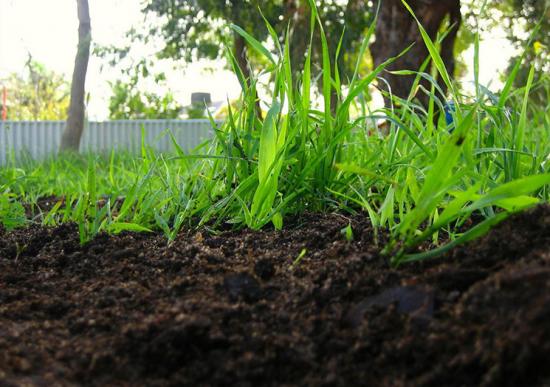
There is a lot of humus in the black soil. And it is formed from the decay of plants. Therefore, we can conclude that where the black soil is now located, there was once a lot of vegetation. In addition, more humus forms in the forest than in the meadows. Every year, foliage and needles fall off the trees, which turn into humus.
In addition, various herbs rot. But there are few forests that grow on black soil. Such soil formed on steppes and meadows.And now in these territories people are making fields where they plant various garden crops. In the forest, the fertile soil layer is often poor. If you dig a hole, it will be dark soil will be 10-20 cm, and then clay or sand begins.
If there is a shortage of water in fertile soil, then it will begin to dry out, plants will not grow on it, which will lead to its destruction. So, there is land on land all over the planet. But each territory is different. There is an upper fertile layer. It is this that allows different vegetation to grow on the ground.

